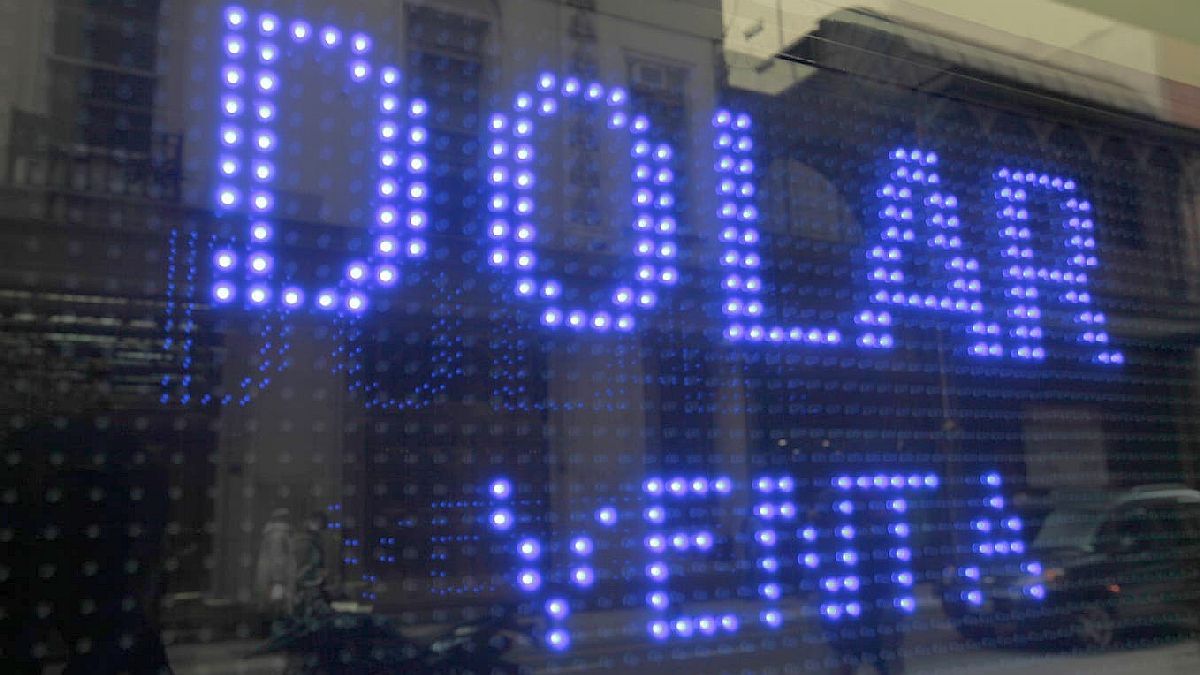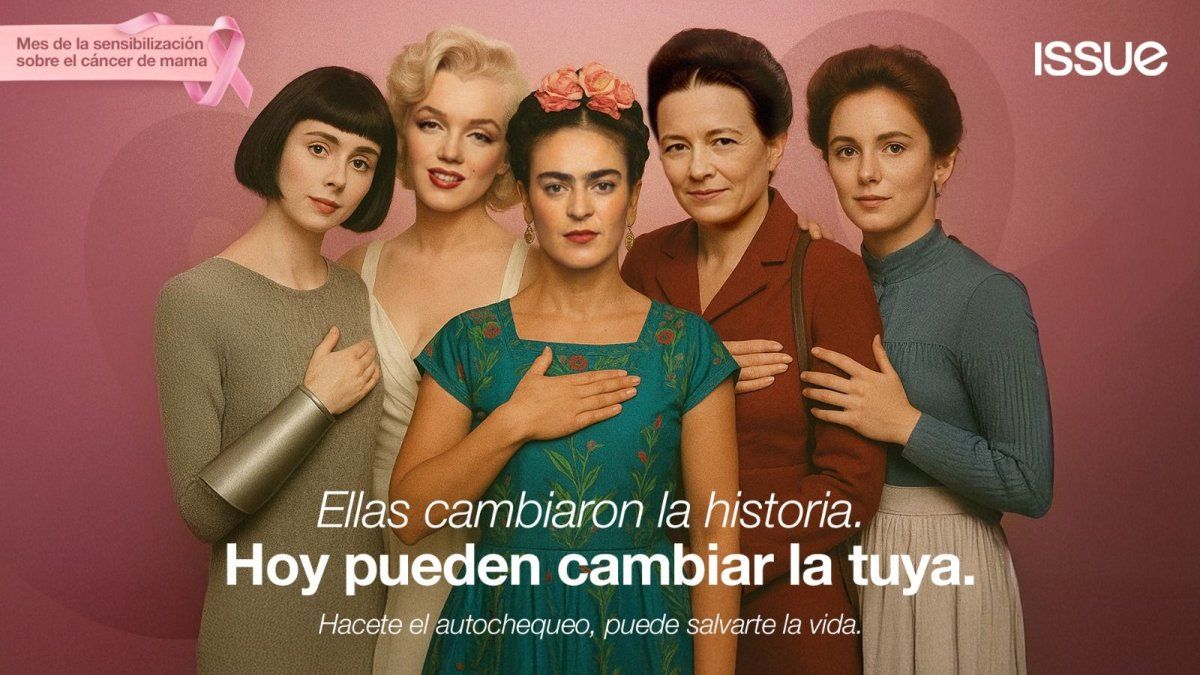In this frame, the spread between the blue dollar and the wholesale exchange rate, which is directly regulated by the Central Bank, stood at 90.9%the lowest level since October last year.
The informal came from having a stable week, although it remained the most expensive exchange rate in the market, since the CCL fell to the area of $200.
The uncertainty prior to the announcement of an understanding between Argentina and the IMF over the debt had caused the blue dollar to skyrocket, reaching $223.50 on Thursday, January 27, its nominal historical maximum so far. Since then, it accumulates a low $17.50.
To explain this stability, the economist Salvador Di Stefano stated that the informal currency is in a “tweezers scenario”, since, on the one hand, “the Central Bank slowly raises the official dollar and on the other raises the rate, both measures They point to a single goal, which is to narrow the gap.
For his part, the analyst Gustavo Ber affirmed: “At the foreign exchange level, the resumption of the negative balances that the interventions have left in recent days continues to arouse concern, while the rhythm of the crawling-peg is simultaneously monitored. That’s right that financial dollars continue to rearrange to the upside, even though some operators continue to lean toward carry-trade, tactically betting that higher returns could extend.
Financial analyst Christian Buteler said that “what we saw with the drop is that it was adjusted to what happened previously with the MEP and the CCL, which came with significant drops, while the blue dollar came with some resistance.”
He considered that it could even go down “a little more”, but that depending on the fact that inflation remains at a high rate, that drop “will not be sustainable”.
Blue dollar price in the month
Throughout February, for its part, the blue dollar accumulated a drop of $6.50, after closing at $213 in Januarymonth in which he accumulated a rise of $5 or 2.4%.
Last December, the parallel dollar advanced $6.50 (+3.2%), against monthly inflation of 3.8%, according to INDEC.
Likewise, in the accumulated of 2021 it had an increase of 25.3% ($42), half with respect to the inflation of the period (50.9%). However, it is worth remembering that in 2020 it had shown a sharp jump of 111%.
What is the blue dollar?
The value of the blue dollar has a substantial difference with the official dollar, which is acquired in banks and has an established price. Its sale is in the informal market, without regulations or limits, and for this reason it is generally operated at a value greater than the official dollar.
Why is it called the blue dollar?
The origin of the blue dollar as a denomination for the operation of the banknote in the informal market is not clear. But there are theories.
An explanation of its name indicates that it is so called because in English, “blue”, in addition to naming the color blue, refers to something “dark”.
Another theory relates it to purchase operations through bonds or shares of companies known as “blue chips”. They also link it to the approximate color that appears when a fibron is applied to detect counterfeit bills.
Price of the savings or tourist dollar
The savings dollar or solidarity dollar -retail plus tax- remains stable at $186.27 on average.
More news about the Blue Dollar and the Dollar
Dollar: scenarios with or without agreement with the IMF
Reserves to the limit, high inflation and agreement with the IMF: what can happen to the dollar in February
Source: Ambito
David William is a talented author who has made a name for himself in the world of writing. He is a professional author who writes on a wide range of topics, from general interest to opinion news. David is currently working as a writer at 24 hours worlds where he brings his unique perspective and in-depth research to his articles, making them both informative and engaging.




